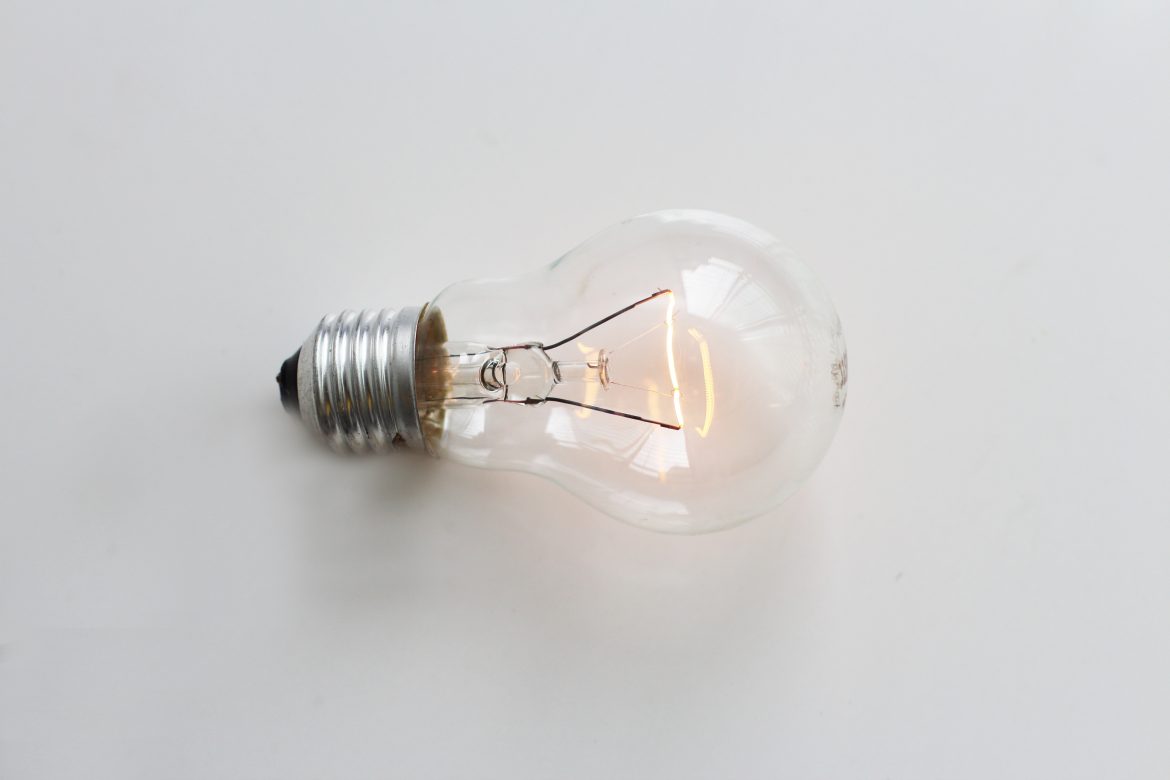Keep warm and make your money go further with our handy energy-saving tips.
INSULATE YOUR GEYSER
The key to conserving heat is to stop it from escaping. An insulation blanket around your geyser will ensure that the water stays warm, instead of escaping and disappearing above your ceiling. It’s energy-efficient to switch off the geyser for part of the day, but putting a blanket around it will trap in heat, allowing you to be able to keep your geyser off for longer periods, which will minimise your electricity bill greatly.
ELIMINATE DRAUGHTS
Cold air is bad enough, but moving cold air can be bone-chilling (you will often hear weather forecasters talk about the ‘windchill factor’). While you do need some ventilation, if you have lit a fire or are using a paraffin or gas heater, then open up a window that doesn’t create a cross-current of cold air. Remember to check window frames for gaps that may let in the cold – even a small crack can let in a blast if the wind is really howling. Block gaps under doors with a ‘snake’ filled with sand or old socks.
MAKE SURE YOUR HOME IS SNUG
It’s impossible to stay warm if you are wet. Before the first winter storm makes its presence known, check the outside of your house – patch roof cracks, clear gutters of leaves and moss, and check downpipes for birds’ nests or other blockages. Water pouring down your walls instead of into gutters and drains will not only make you feel chilly and damp, but could also cause damage that will be costly to repair. At ground level, clear drains of leaves and mulch to prevent flooding. Check the run-off around outside doors so they won’t let water in.
UNPLUG TO REDUCE PHANTOM LOADS
Many appliances use electricity even in standby mode (such as the TV and DVD player) or even when not connected (cellphone chargers). Although each ‘phantom load’ does not use up much electricity, it still adds up, so energy that could be used for heating or cooking is being consumed. It may be impractical to reboot your TV and decoder every day, but unplug the DVD player and the microwave (if you don’t need the clock).
LAYER UP
Vests and leggings aren’t just reserved for babies – they provide an extra layer of insulation, keeping warm air trapped right next to our bodies. So, before you reach for that heater, make sure you and your family are wearing enough layers of clothing from top to toe – beanies and warm woolly socks are first on the list.

